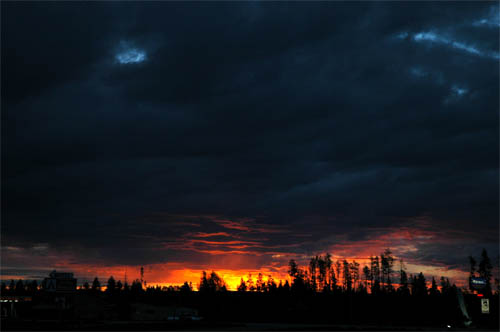well one thing i do know is that to catch things in action you want to get the fastest shutter speed possible right?
Actually having a really fast lens (i.e. a low numbered f-stop) and using the appropriate ISO setting (the higher the ISO number, the more- sensitive the photo sensors are to light) is probably more important. That's why you see those really really long (and really really wide) gray Canon lenses attached to black SLR bodies at sporting events. Those lenses are superfast.
Using the fastest shutter speed does mean you will take a great shot. If the lens is "too slow" and/or the ISO number to low for your shutter speed setting, all you will get is an underexposed shot. Your camera's metering system will indicate a potential underexposure if your chosen settings are not sufficient.
Also keep in mind that higher ISO speeds mean more "noise" in your shot. This can lead to grainy shots in low-light situations. This will limit how much you can crop and magnify your shot in post-processing.
Macro lenses are neat for shooting things like bugs. I have the Canon 100mm 1:1 macro and absolutely love it. Only problem is that I don't get to go out fishing enough so when I do I'm fishing and not taking photos.
Regarding the digital darkroom work...
I have to say that without Photoshop's "Unsharp Mask" feature I would be producing just ordinary photos. This feature allows you to fine-tune the degree of sharpness for slightly out-of-focus shots.
If you shoot in RAW format (instead of JPEG), you can use a RAW editor to adjust things like White Balance, Exposure Compensation (up to plus or minus 2 stops), and add effects like B&W or Sephia, and much more. After performing initial adjustments of photos with a RAW editor, convert the images to Best Quality JPEG and perform any final adjustments in Photoshop (e.g. sharpness, removing specks, and blemishes among other things.)









